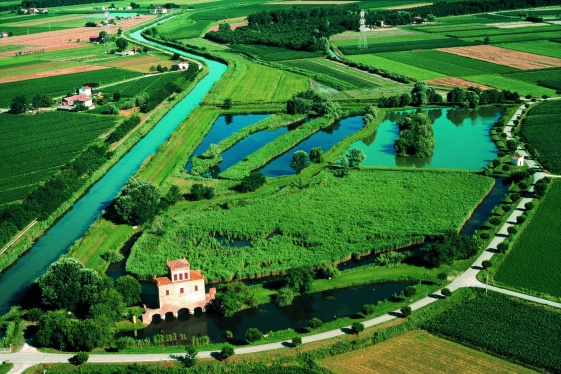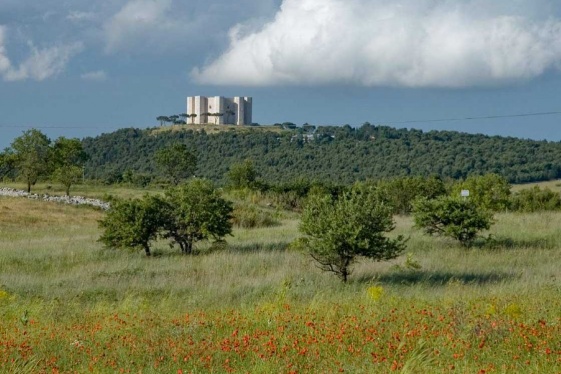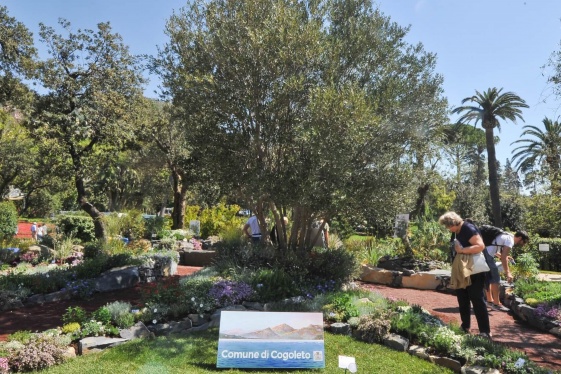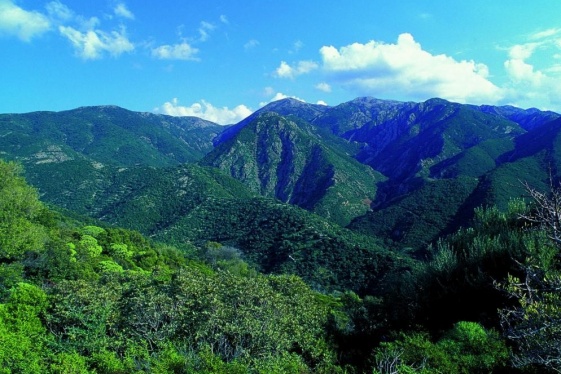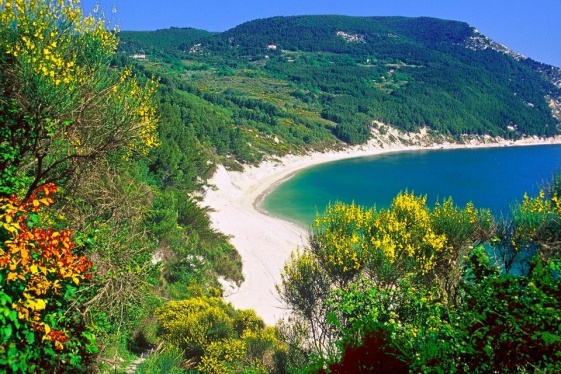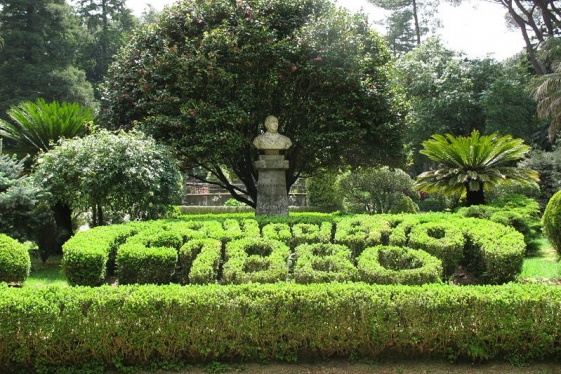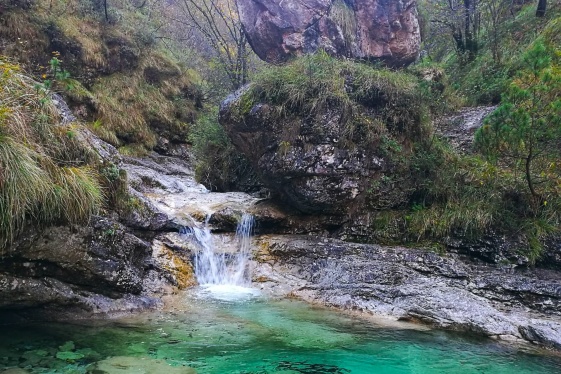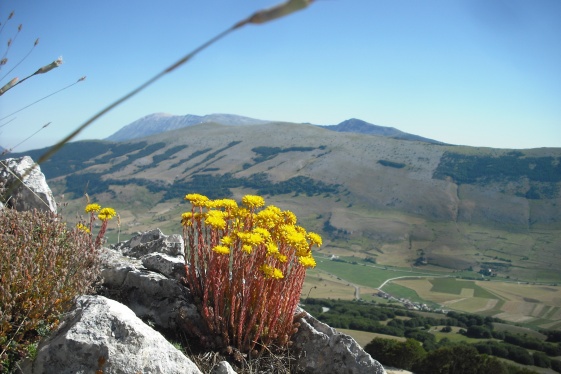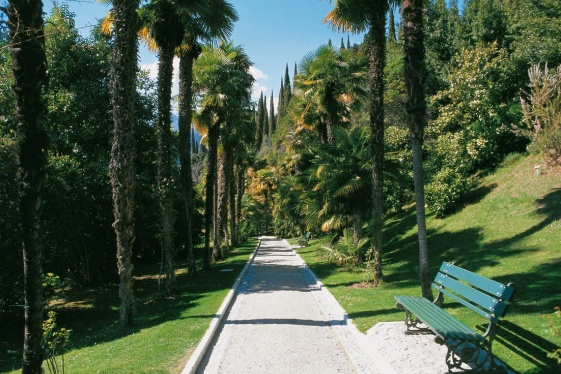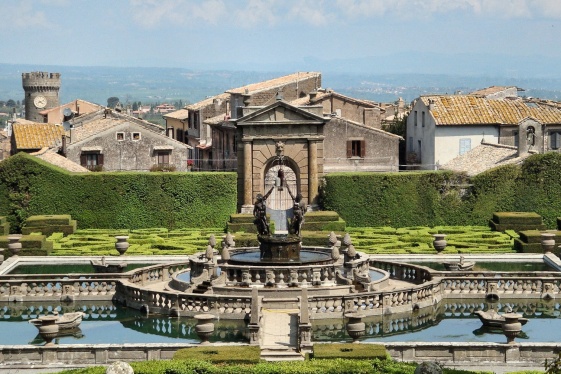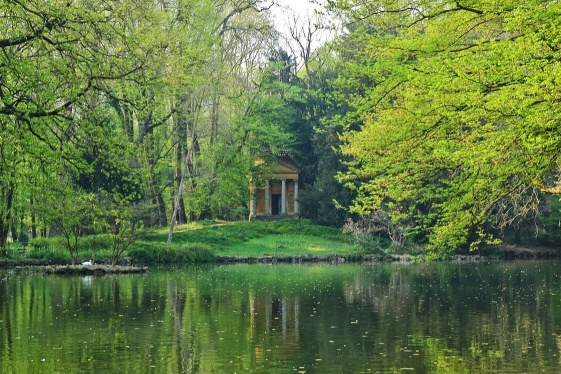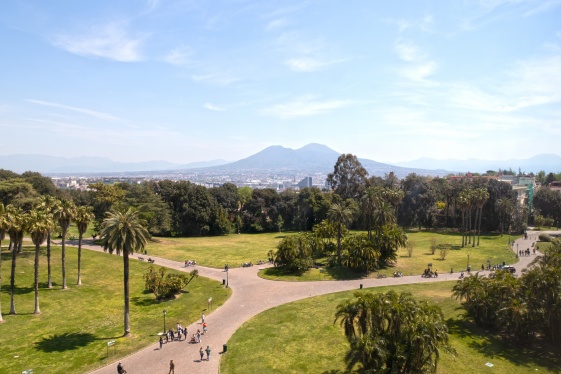
Italian Botanical Heritage
Italian Botanical Heritage is a project aimed at fostering the knowledge of the Italian botanical, artistic and cultural Italian heritage and the development of green tourism in Italy, and to become a virtual meeting platform between enthusiasts of this field.
Italian gardens and parks: Bosco della Mesola
“Gran Bosco della Mesola” National Reserve is located in the province of Ferrara, Emilia Romagna, and it represents on of the last and best conserved ancient lowland woods, which were typical of the Po valley and a memory of the forests on the Adriatic coast, which disappeared in the last century. It has a surface of 1,058 hectares and it is the wi...
Italian gardens: Upper Murgia National Park
The Upper Murgia (“Alta Murgia”) National Park was established in 1998 to protect the last example of the Mediterranean steppe in Italy. The park stretches from the Adriatic coast to the Lucanian reliefs, reaching the maximum height of 2.227 ft on Mount Caccia; it is mainly made of limestone, tuffs, clay deposits, sands and alluvial deposits mixed...
Italian gardens: Villa Beuca Botanical Garden
The Botanical Garden of Villa Beuca, on the western slope of Beuca hill, was built in 2002 by the Municipality of Cogoleto. Its aim is to safeguard the typical plant environments of Liguria. It extends over 8.4 acres divided into three main areas – an instructional one, an area for the spontaneous plant, and a typical Ligurian environment – in a re...
Italian gardens: Marganai Forest
The state-owned forest of Marganai covers an area of 9.020 acres, in the province of Carbonia-Iglesias; this forest can be actually found within the Monte Linas-Marganai Park (55.000 acres), in the territories of Domusnovas, Fluminimaggiore, Gonnosfanadiga, Iglesias, and Villacidro. Mount Marganai area is north-east of the park and borders with Mou...
Italian gardens: Conero Regional Park
This park is a protected natural area established in 1987 and which extends on the promontory of the same name, in the province of Ancona. It includes a stretch of coast and an internal hilly belt, with breath-taking views, a lot of history, and wonderful landscapes. The park covers about 15.000 acres and extends over the territories of Ancona, Cam...
Italian gardens: Villa comunale “Carlo Ruggiero” in Cittanova, Calabria
It is nicknamed the “salotto Verde” of Cittanova and has been considered since 1984 a national monument of natural and historical interest by the Ministry for Cultural Heritage. Mayor Carlo Ruggiero had the villa built at his expense, the project was done by the swiss engineer-agronomist Enrico Fehr, then it was donated to the town in March 1880. T...
Italian gardens: Dolomiti Bellunesi National Park
The Dolomiti Bellunesi National Park was officially opened in 1990. The Park covers not only the Belluno Dolomites, but also the Feltrine ones, namely the mountain groups: Vette, Cimònega, Pizzocco, Monti del Sole, and Schiara-Talvèna. It is renowned for its naturalistic circular itineraries which generally run at modest altitudes and are dedicated...
Italian gardens: Majella National Park
The Majella National Park established in 1991, is one of the three national parks in Abruzzo, extending over the provinces of L’Aquila, Pescara and Chieti for about 62838 hectares of mostly mountain land. It is very compact: it covers the area surrounding the calcareous massif of Majella, the Morrone mountains (West) and the Pizi and Porrara peaks...
Italian gardens: Arco Arboretum
The Arco Arboretum, in Trentino Alto Adige, was created by Archduke Albert of Habsburg near the Archducal Villa, around 1872, when the town was the winter residence of the Austrian imperial court. In the 1960s, Walter Larcher, professor of botany at the University of Innsbruck, was entrusted with the creation of the botanical garden. In 1993, follo...
Italian gardens: Villa Lante
Villa Lante dates back to the 16th century and its conception is attributed to Jacopo Barozzi da Vignola. It is located south of the medieval village of Bagnaia, on the slopes of the Cimini mountains in the Lazio region, and is connected to it by three roads converging towards the main square. Although it was designed, like Villa Farnese in Capraro...
Italian gardens: The Royal Villa in Monza
It was Empress Maria Theresa of Austria who, in 1777, decided to build the Villa Reale in Monza, using a site near a small farmhouse near Monza, interesting for its particular beauty and for its strategic position along the Milan-Vienna route. The architect Giuseppe Piermarini designed a neoclassical building with a "U" plan that followed the typol...
Italian gardens: Royal Woods of Capodimonte, Naples
The Royal Woods of Capodimonte is the largest public park in the city of Naples. It has an extension of 134 hectares with about 400 plant entities classifiable in 108 families and 274 genera. The woodland belongs to a hunting lodge that in 1738 became the Royal Palace of Capodimonte, today completely dedicated to the role of Museum. It occupies the...



